Shows
Shows to See in Dubai, March 2024
.jpg)
.jpg)
Dubai’s primary week on the international art calendar brings together contemporary artists and art professionals from across the Arab world, Iran, South Asia, East and North Africa to United Arab Emirates. At the center of the commercial action is the Art Dubai art fair, now in its 17th edition, which returns to the Madinat Jumeirah resort from March 1 to 3, with previews on February 28 and 29. This year’s event features more than 120 galleries and presentations from more than 60 cities and 40 countries across its sections for contemporary, modern, and digital art, as well as the global south-focused Bawwaba.
Among the nearly 70 contemporary-focused galleries at Art Dubai are those representing leading artists from the region such as Sfeir-Semler, with spaces in Beirut and Hamburg; South Asia’s established contemporary galleries such as Nature Morte, Chemould Prescott Road, Vadehra, Jhaveri Contemporary, Experimenter, and Project 88; as well as many galleries from diverse geographies including Singapore’s Yeo Workshop and Almaty’s Aspan Gallery alongside internationally oriented galleries such as Zilberman (Istanbul/Berlin/Miami). The Modern section, this year curated by assistant professor of art history at the American University of Sharjah, Christianna Bonin, is titled “This Other World: Envisioning Modern Art After 1960” and features 19 postwar artists active from Uganda, Sri Lanka, Iraq, to Lebanon and Azerbaijan. The Bawwaba presentation for 2024, curated by Emiliano Valdés, explores concepts of healing through practices from Manjot Kaur’s contemporary miniature-painting to the Brazilian collective Assume Vivid Astro Focus. Complementing the fair’s commercial programming are collector talks, the inaugural three-day Digital Summit, and Art Dubai’s long-running Global Art Forum, this year focused on ideas of “extreme change,” led by commissioner Shumon Basar and curator Nadine El-Khoury.
Beyond the fair, many of Dubai’s galleries are clustered in the Alserkal Avenue complex in the industrial Al Quoz district, which is hosting its own program of special events and openings from February 25 to March 3, with a program of evening events, Alserkal Lates, including talks and performances, on February 27. Further afield, the Jameel Arts Centre is hosting several exhibitions in its building on the Dubai Creek.
Here are eight shows to visit around Dubai during Art Dubai Week.

Feb 27–Apr 19
Farah Al Qasimi: Toy World
The Third Line
In “Toy World,” Emirati photographer and filmmaker Farah Al Qasimi recreates the “unreality of contemporary life” through a series of images designed to provoke questions on their authenticity. Her first exhibition of black-and-white images marks a departure from Al Qasimi’s typically hypercolorful, maximalist style. But despite aesthetic differences, her photographs are as symbolic as ever, evoking the “glossy veneer of history” and the fearful, wartime tensions currently engulfing our society. Her fourth show with the Third Line Dubai in ten years, “Toy World” is dedicated to Hamed Butti Altamimi, a recently deceased student of Sharjah American International School in Abu Dhabi.
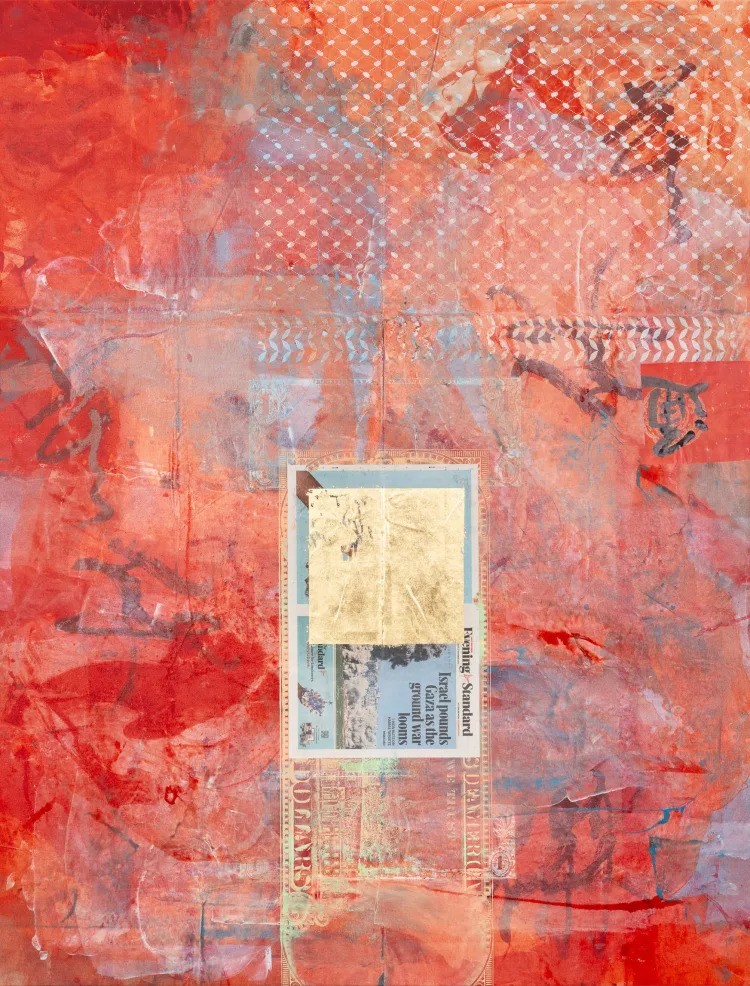
Feb 22–Apr 4
Mandy El-Sayegh: A rose is a rose is a rose is a rose
Lawrie Shabibi
Inspired by a line in sapphic modernist Gertrude Stein’s poem “Sacred Emily” (1913), Mandy El-Sayegh’s inaugural solo “A rose is a rose is a rose is a rose” explores the poetics of language, ideas, and universalism. The London-based artist employs painting, installation, video, sound, and performance to evoke “overlapping truths” in themes like migration, rebellion, censorship, and remembrance. To bring the site-specific exhibition to life, El-Sayegh collaborated with sound artist Sami El-Enany and movement artist Chelsea Gordon for a performance on February 27. The show’s curator, Sara Raza, also contributed an essay on El-Sayegh’s practice that reveals the exhibition’s many thematic inspirations.
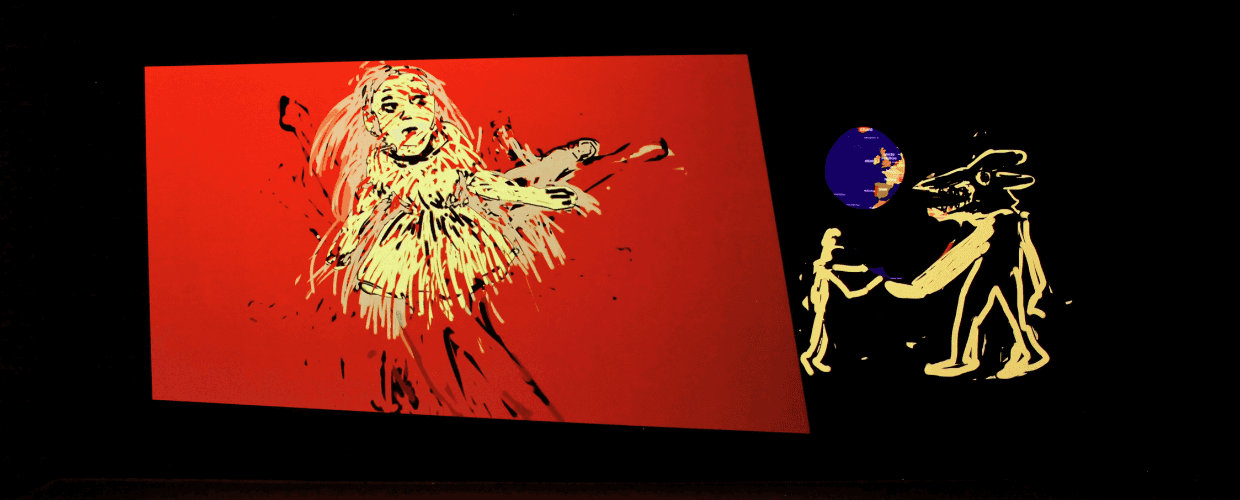
Feb 25–Mar 3
Nalini Malani: Can You Hear Me?
Concrete, Alserkal Avenue
In her solo exhibition “Can You Hear Me?”, Mumbai-based multidisciplinary artist Nalini Malani presents her “thought bubbles”—excerpts of text, visuals, annotations, and audio—in the form of a nine-channel video installation projected onto an immersive, architectural structure within event space Concrete. Although the “audio-visual sensorium” takes viewers through a specific narrative, Malani’s work is powerfully allegorical, reflecting our social complacency in the face of systematic oppression and violence. Accompanying the exhibition, an adapted version of her single-channel, stop-motion animation Ballad of a Woman (2024), also centered around collective consciousness and global inequality, will be screened outdoors in Alserkal Avenue.
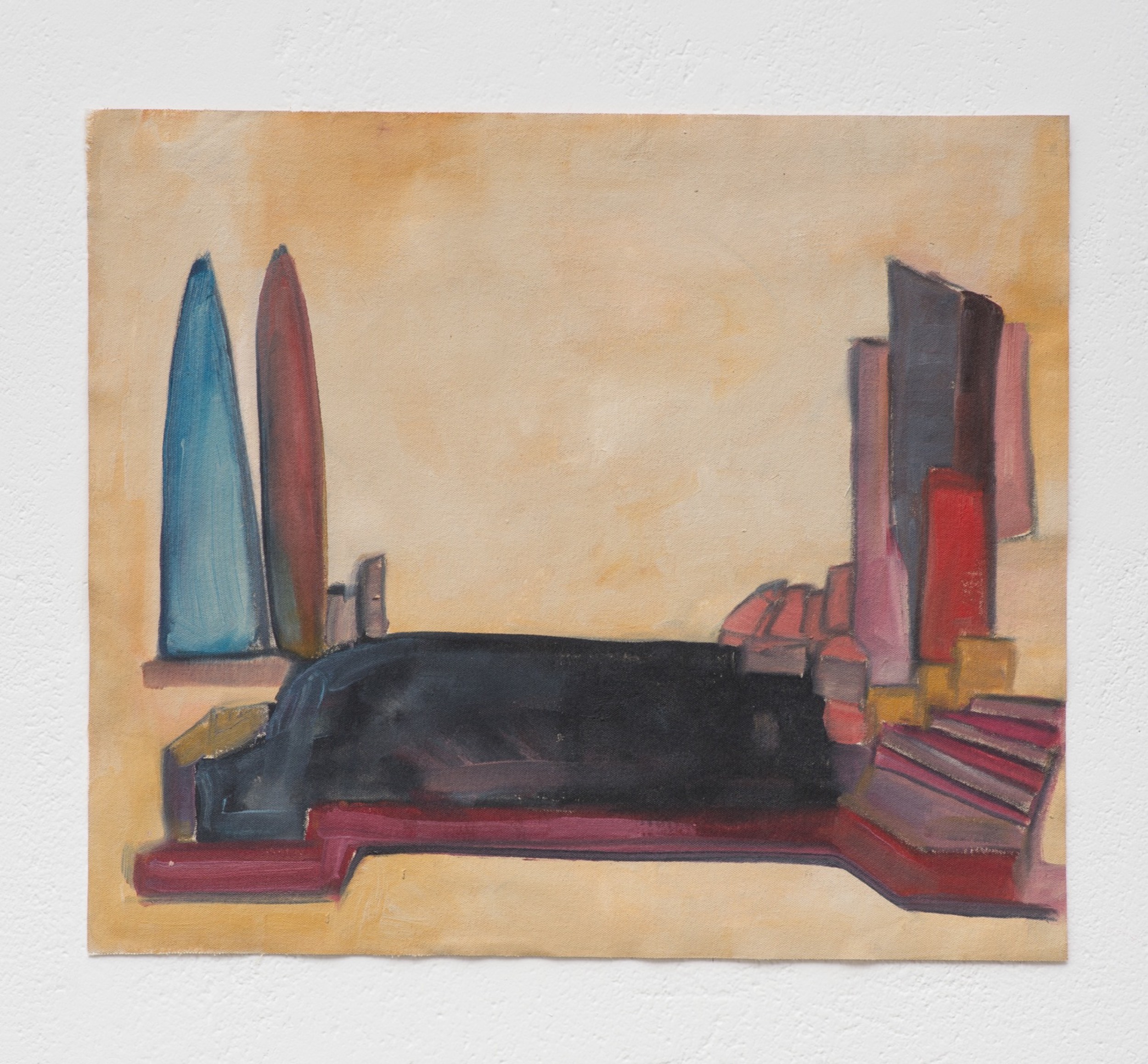
Feb 27–Apr 20
Ana Mazzei: How to Disappear
Green Art Gallery
Brazilian artist Ana Mazzei invites the audience to investigate the fictional vanishing of a ballerina in “How to Disappear,” the last installment of her three-part project Love Scene, Crime Scene. At the center of the exhibition is a series of anthropomorphic sculptures on raw concrete plinths, surrounded by almost 50 colorful paintings on a wall organized into six themes: stage, vases, landscape, cages, beings, and the joker. Together they function as material embodiments of a larger narrative about what it means to vanish or to wish to vanish. Like fragments of myths, Ana Mazzei’s artworks examine the inseparable relationships between humans and fiction.
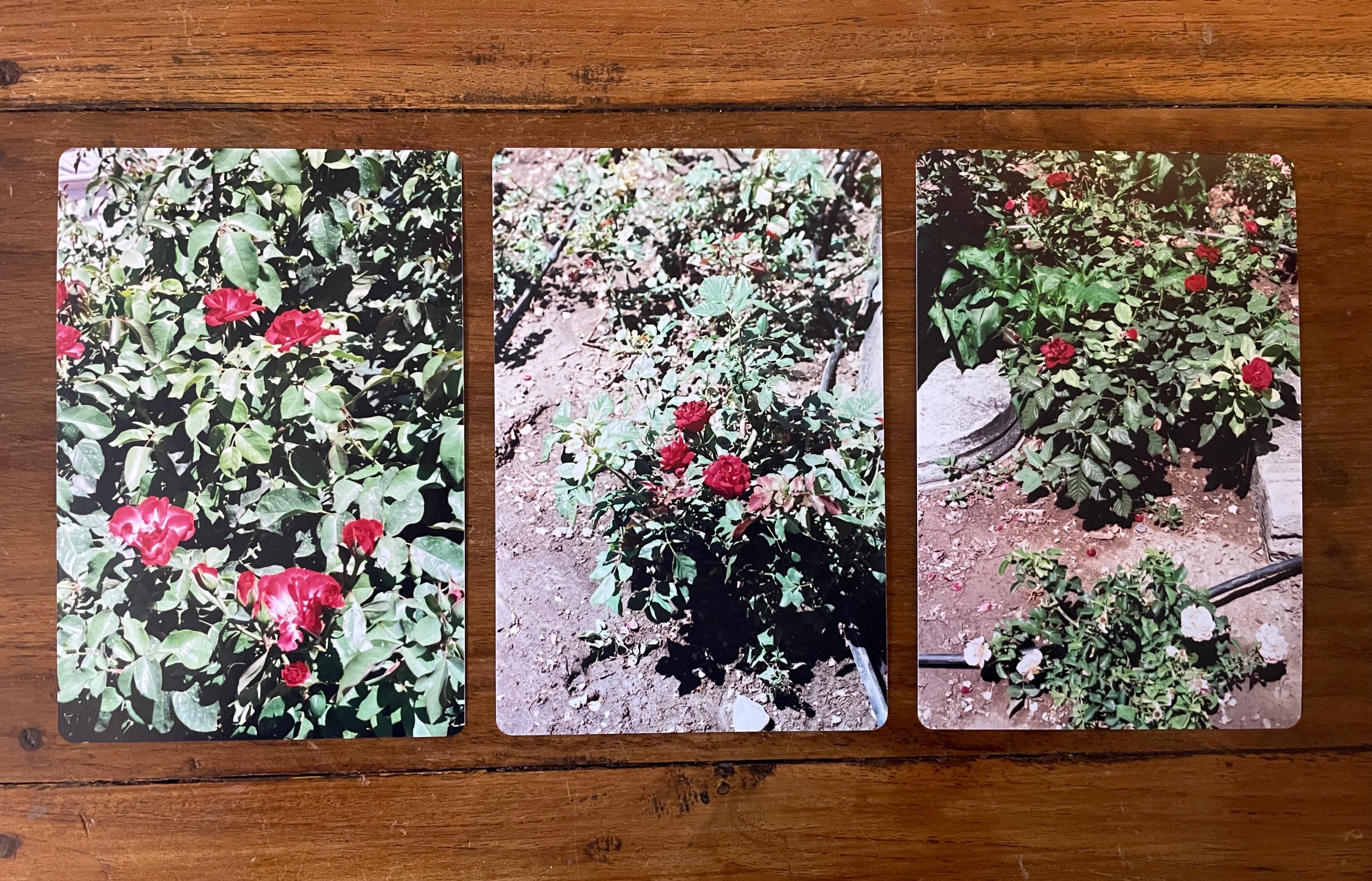
Feb 27–Apr 20
Iqra Tanveer: Lament of a tree
Grey Noise
Karachi-born, Amsterdam-based artist Iqra Tanveer works with repurposed photographic imagery to create multimedia installations. Tanveer’s exhibition “Lament of a tree” channels the sentiments of collective grief through projections, enlargements, and other displacements or transformations of extant images to evoke what the artist calls “an active state of remembrance.”
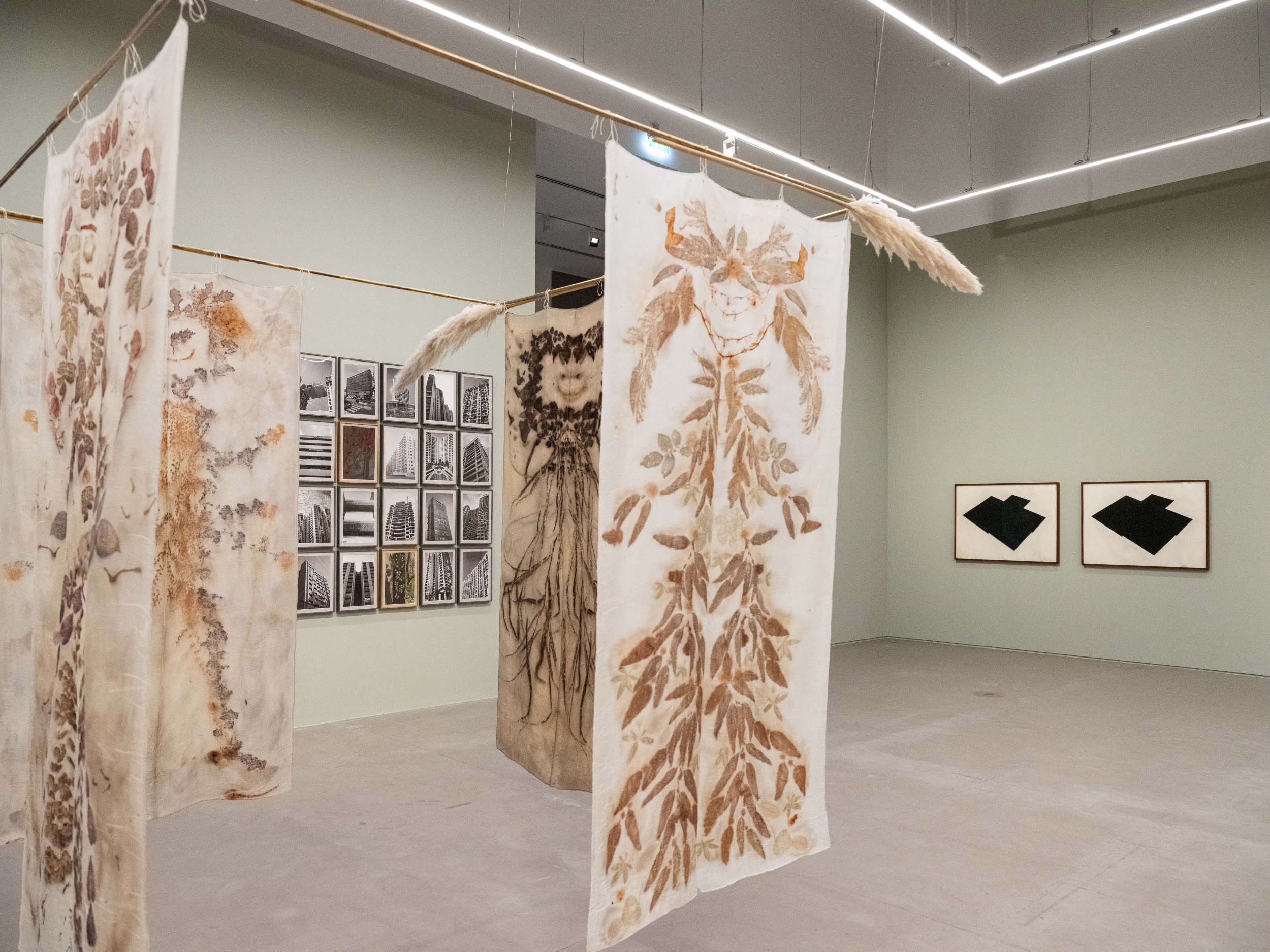.jpg)
Jan 19–Jun 1
Sheher, Prakriti, Devi
Ishara Art Foundation
Curated by artist and photographer Gauri Gill, “Sheher, Prakriti, Devi” (“city,” “nature,” and “deity” in Hindi) presents 13 artists and collectives whose works comment on the interwoven relationship between cities, the environment, and the sacred. Stemming from Gill’s ongoing documentation of urban and semi-urban spaces in India since 2003, the exhibition presents cities as shaped by multiple life-worlds: for example, historical ruins becoming home to migratory birds and locusts bearing witness to contemporary ecological horrors. Gill’s motivation for the exhibition was, in her words: “I wish to acknowledge those who have found ways to stubbornly persist in their practice . . . completely outside the circuits and networks of professional artists, contemporary art discourse, galleries and markets.”
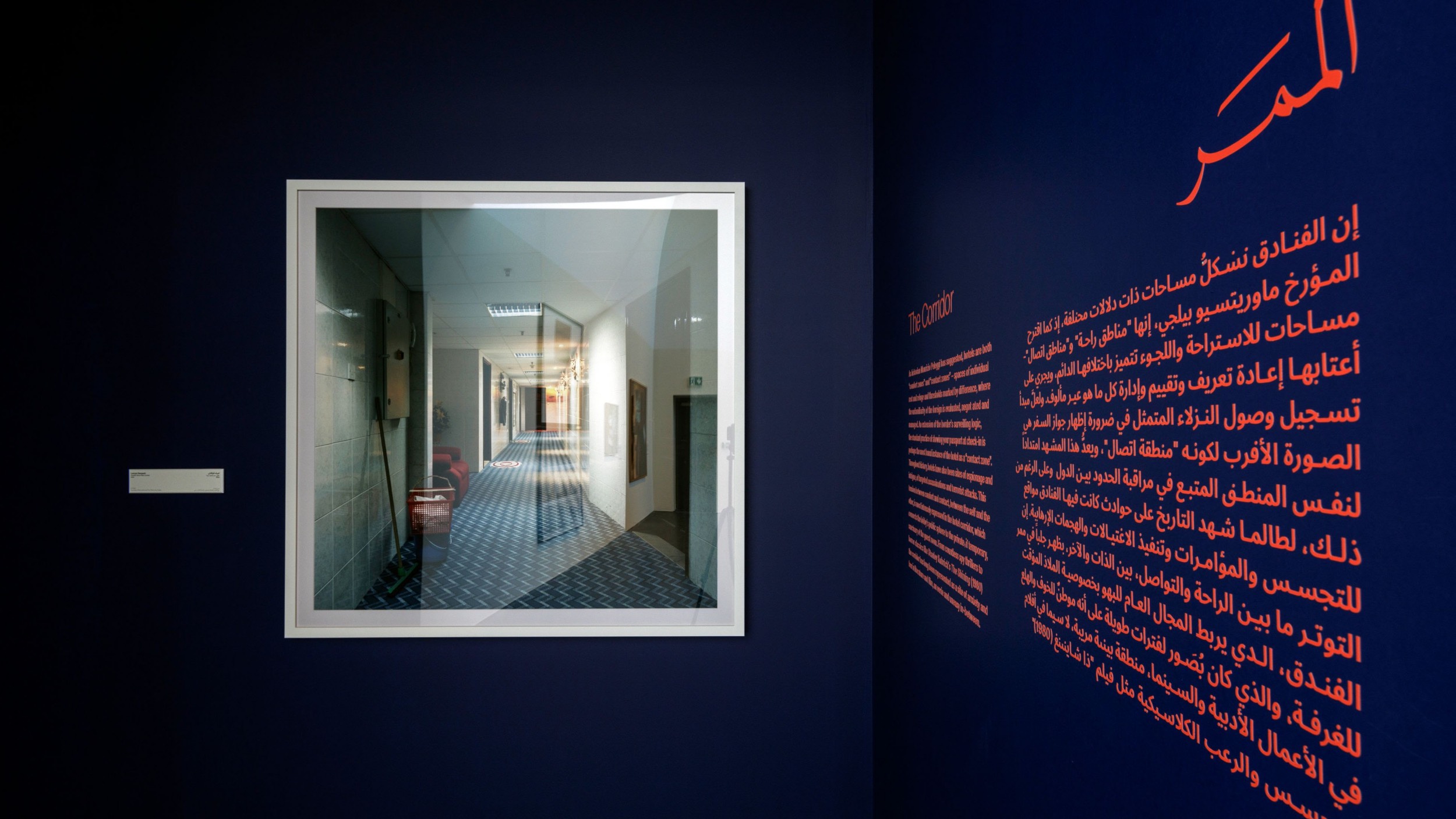
Nov 4, 2023–Apr 28
Guest Relations
Jameel Arts Centre
Bringing together artwork, archival material, and architectural research on the hospitality industry in the Global South, “Guest Relations” emphasizes narrative opportunities beyond projections of luxury and spectacle. Curated by Murtaza Vali with Lucas Morin, the exhibition centers on the hotel as a historical subject with fertile ground for artistic investigation in addition to examining other sites of the hospitality industry such as airlines, cruise ships, amusement parks, and social media platforms. Emerging out of and responding to the context of Dubai, “Guest Relations” narrates histories of “the work of welcome” through the material and immaterial infrastructures of hospitality.
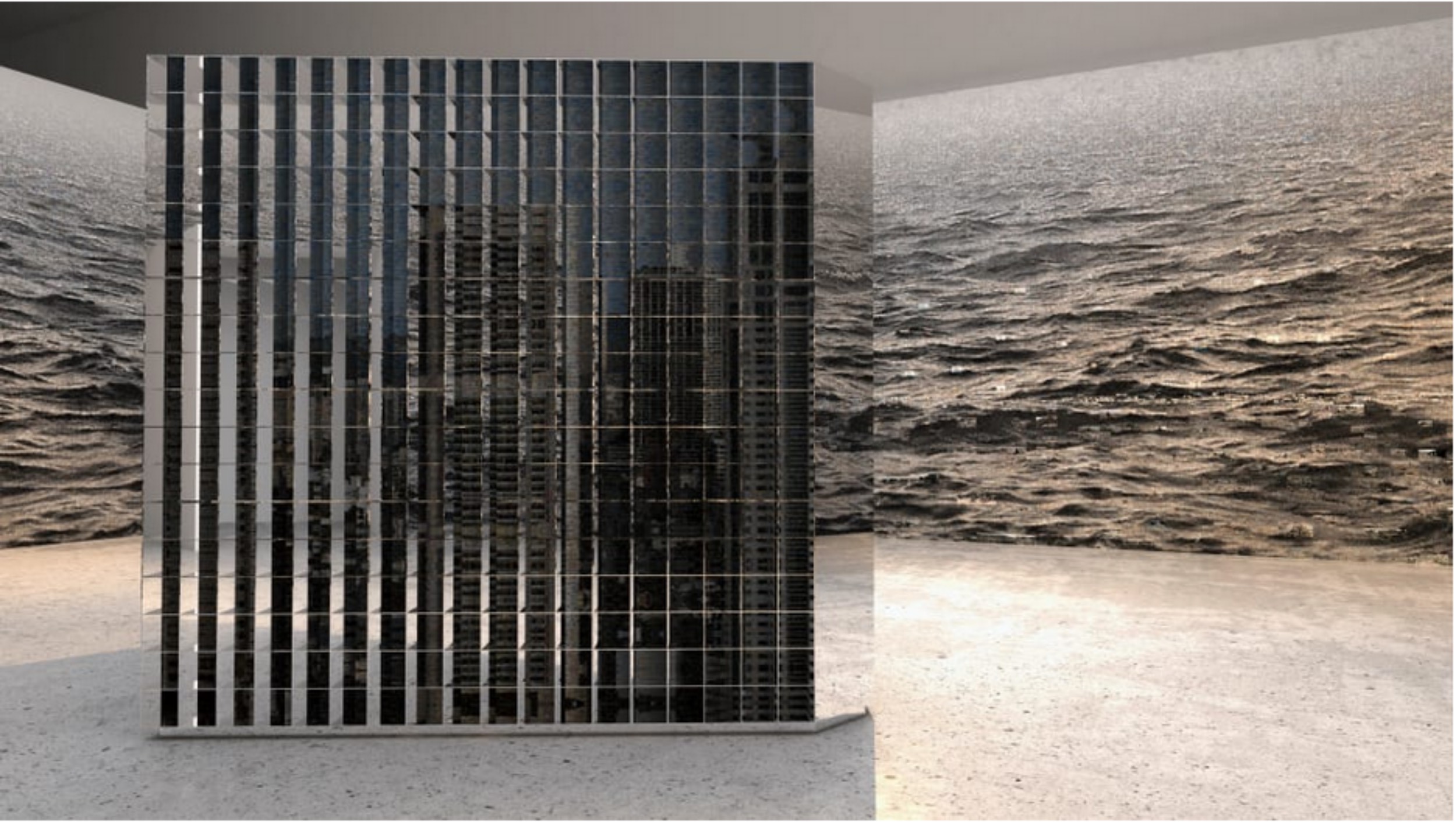
Nov 20, 2023–Mar 6
Rashid Rana: It Lies Beyond
Volte
Intermingling both small and large imagery, artist Rashid Rana poses questions about our perceptions of scales and the interpretation of various points of view in “It Lies Beyond,” along with his monumental sculpture Desperately Seeking Paradise (2007–08). “It Lies Beyond” presents the audience with a serene but also ominous seascape which, on closer inspection, shows heaps of garbage, referring to the devastating effects of the global climate crisis. In front of the immersive installation, one sees a minimalist stainless steel sculpture that transforms into the skyline of an imaginary city when approached from another angle. The visual experience is realized by the images derived from tiny photographs of houses in the artist’s native city of Lahore.







